Fix your guitar tone
Six common tone-killers corrected
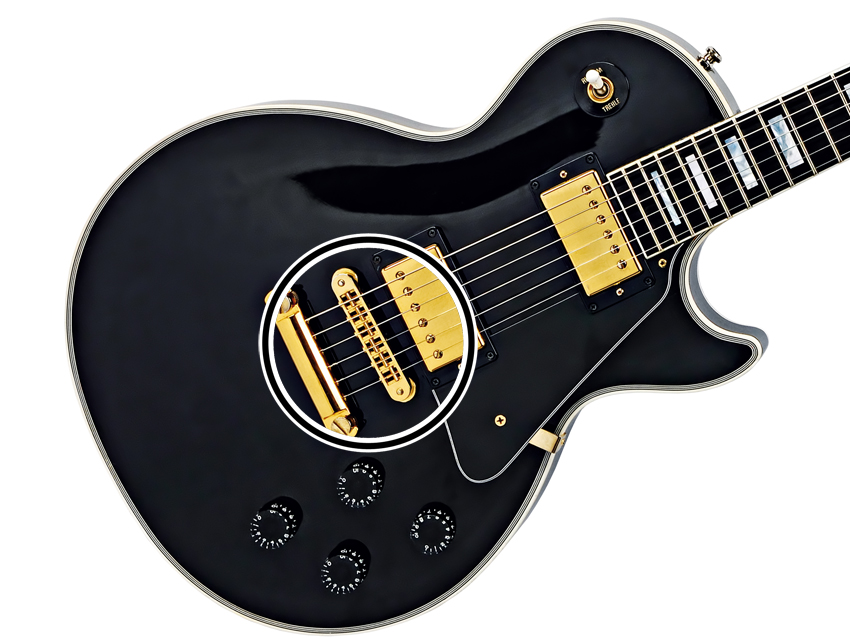
Fix your guitar tone
You've developed your technique, but that's just the start. Your gear's performance will make or break your sound, and with so many potential tone-sappers at play, it's time to take a look at your signal chain...
THE PROBLEM
Guitar sounds in tune with open strings, but drifts out higher up the neck
THE FIX
If you’re getting weird looks from the rest of the band and audience members when you solo, you’ll want to check your intonation. First off, if your guitar doesn’t have adjustable saddles on the bridge, you’re out of luck here, and you’ll need to get the intonation checked by a pro. If you have, however...
Change your strings, stretch them in and wait until they’ve settled, then you can get to work. Using a tuner, get the guitar in tune as normal, then turn your attention to the 12th fret. Fret the note, and watch the needle: you’re looking for the same tuning as the open string.
If it’s flat at the 12th fret, you need to tighten the horizontal screw on the string saddle to make the string’s sounding length shorter. If the note is sharp, loosen the screw to make the string’s length longer.
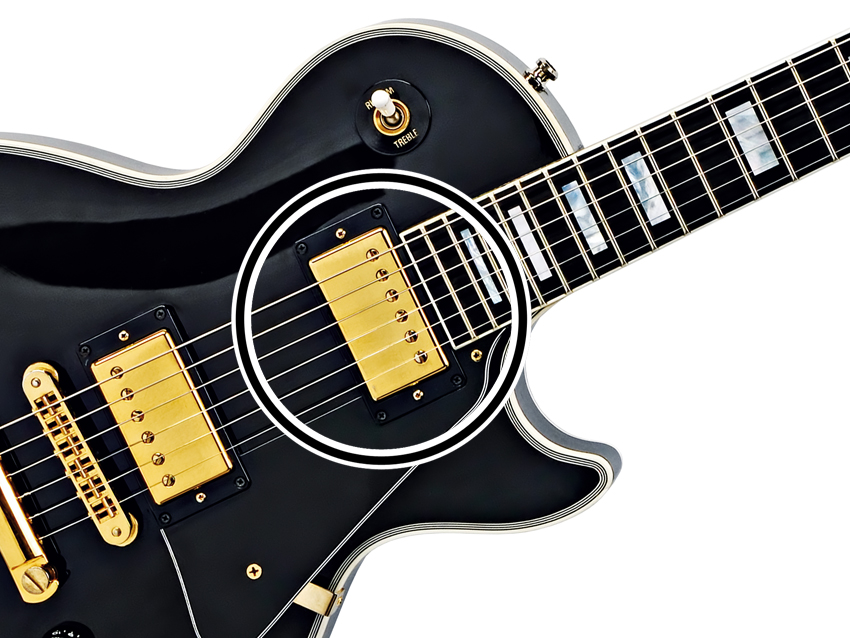
Unidentified buzzing
THE PROBLEM
Guitar buzzes when you take your hand off the strings
THE FIX
Every conductive component in an electric guitar needs to be earthed at a common point (usually to the back of a pot), including the strings.
One of the most common causes of an irritating earthing buzz can occur when the guitar’s bridge isn’t earthed properly. To find your earth wire, look inside your control cavity for a wire that disappears into the body (on a Les Paul-style guitar) or is attached to the bridge/vibrato.
Bad soldering, botched modifications or just bad luck can mean that sometimes this wire gets dislodged, and when you touch your guitar strings, you earth the guitar, and the buzzing stops. Check out the wire and reattach it if it’s come off. If there’s no obvious detachment, replace the wire.
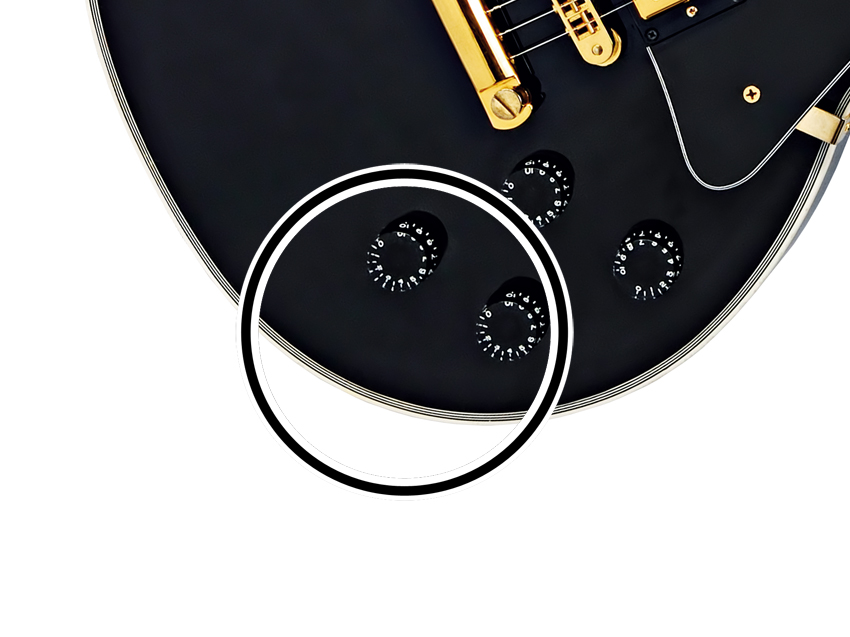
Crackling controls
THE PROBLEM
Controls crackle when turned
THE FIX
Your guitar’s control ‘pots’ (short for potentiometers) are mechanical, and have a limited lifespan. However, before you change them, it’s worth giving them a clean, as dust is often the crackly culprit. You’ll need to get into the control cavity and locate the dodgy control.
The metal casing for your control is exactly that – the hard work goes on inside, and that’s what we need to clean. Take a look at the back of the pot, and you’ll notice a small hole.
Get a can of contact cleaner, attach the straw to the nozzle of the spray can and squirt it into the guts of the pot. Give the pot some vigorous turns for 10 seconds or so, and you’ll hopefully find any dust has been dislodged. This can also work on crackly pickup switches.
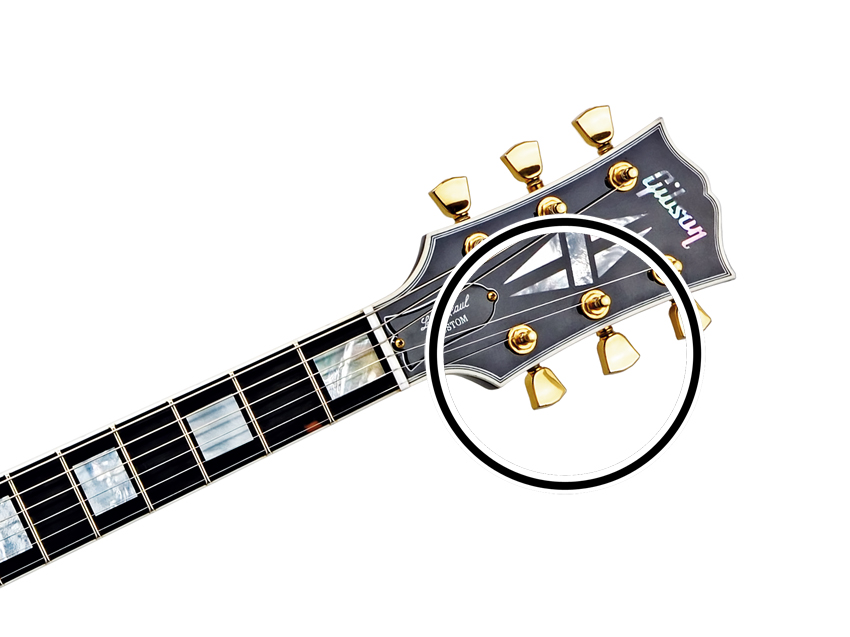
Rattling machineheads
THE PROBLEM
Machineheads are rattling and guitar won't stay in tune
THE FIX
Loose machine heads can create a distracting rattling sound, and they can also allow your tuning to drift. To fix the problem, arm yourself with the appropriate screwdriver, and tighten the screws that hold the offending pegs onto the headstock.
If you’re finding that the screws won’t bite into the wood, you should remove the peg and glue some wood from a matchstick into the screw hole. Snap off any excess match, wait for the glue to set, and reattach the machinehead. Job’s a good ’un, boss.
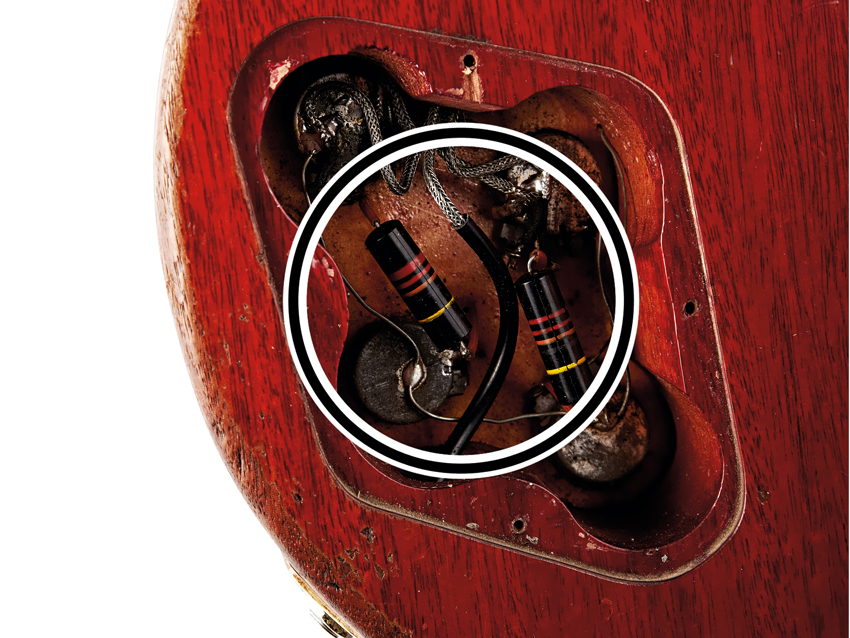
Electrical interference
THE PROBLEM
Guitar keeps picking up electrical interference
THE FIX
Noise and interference can be a big problem – particularly if you’re using single coils. Unfortunately, lighting, wiring, and radio signals vary from location to location, so sometimes you might have to live with it. However, you can prep your guitar to avoid interference as much as possible.
Start by checking that everything is earthed properly, because if it isn’t, this will introduce annoying buzzes. Keep your jack leads and patch cables as short as possible, too (more on that later).
Finally, try shielding the inside of your control and pickup cavities (and underside of your scratchplate on a Strat). This involves using conductive paint or foil to line the inside of the cavities. You’ll need to remove the pickups and controls first, but worth it, as it can be a brilliant noise-blocker!

Signal cutting out
THE PROBLEM
Signal keeps cutting out
THE FIX
First off, check your lead by holding one end while plugged into your amp (turn your volume down). If the break still occurs when you give the cable a waggle, then you have a dead wire.
If not, the problem is in your guitar. Check that the jack- socket nut is tight and holding it in place: if not, tighten it up with pliers or a spanner. CruzTools makes the brilliant Guitar Jack And Pot tool, which will fit every fixing on your guitar.
Next, you need to look at the actual jack itself. Assuming your wiring is sound, the problem most likely lies in the terminals. The sprung steel can bend out of position over time, but it needs to be in contact with the tip and barrel of your cable for your signal to work. Plug the lead in and gently bend it back into position, so you get a tight fit when plugging in.
Total Guitar is Europe's best-selling guitar magazine.
Every month we feature interviews with the biggest names and hottest new acts in guitar land, plus Guest Lessons from the stars.
Finally, our Rocked & Rated section is the place to go for reviews, round-ups and help setting up your guitars and gear.
Subscribe: http://bit.ly/totalguitar


